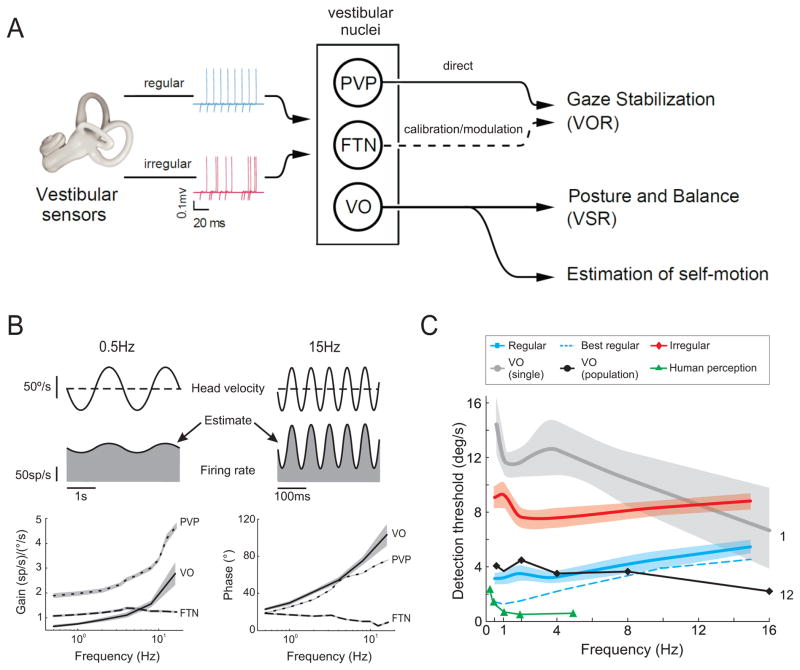Figure 2. Early Vestibular Processing and the Sensory Coding of Self-Motion: Central Neurons.
a) Neurons in the vestibular nuclei that receive direct input from the vestibular afferents can be categorized into two main categories i) neurons that control and modulate the vestibulo-ocular reflex to ensure gaze stability during everyday life (i.e., PVPs and FTNs), and ii) neurons that control posture and balance, and also project to higher order structures involved in the estimation of self-motion (i.e., VO neurons). b) Firing rate response of an example VO neuron in the vestibular nucleus recorded in alert monkeys during sinusoidal head rotation at 0.5 and 15 Hz. Plots below show response gains averaged for populations of VO, PVP, and FTN neurons recorded over a wide range of frequencies of head rotation. Note, PVP neurons have relatively higher gains which increase more dramatically at higher frequencies. Side bands show +/-1 SEM. Data replotted from [32]. c) Average detection threshold values for regular (blue) and irregular (red) afferents, and VO neurons (gray) at different frequencies of sinusoidal head rotation in alert monkeys. Estimates of the information transmitted by a pooled population of 12 VO neurons (black) as well as human behavioral thresholds [37] are superimposed (green) for comparison. Side bands show +/- SEM. Data replotted from [13].

